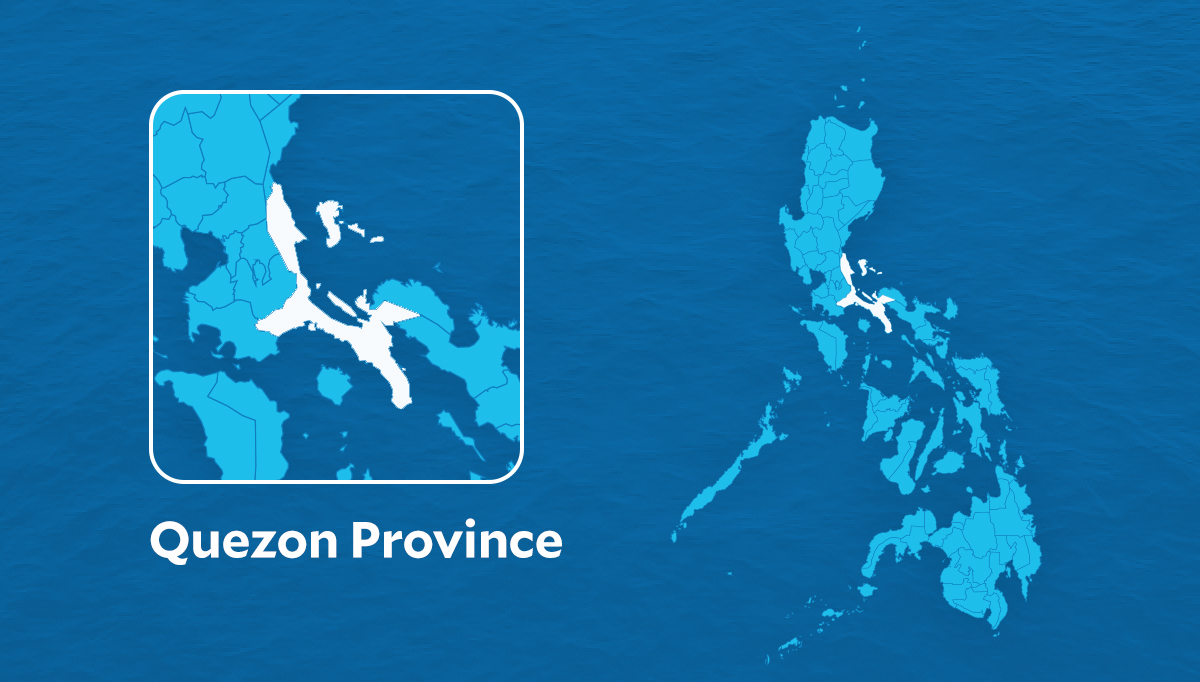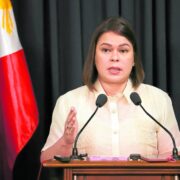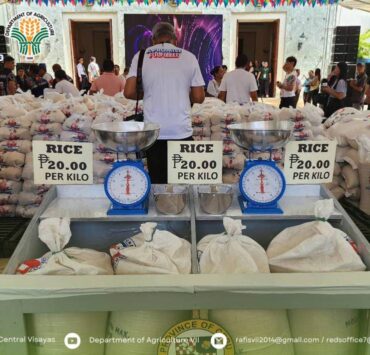Quake hits parts of Quezon province, prompts Metro trains to halt operations

A magnitude 4.6 earthquake struck northwest of Quezon province on Tuesday afternoon, causing shaking that reached up to Intensity 4 which was felt in several areas in Metro Manila.
According to the Philippine Institute of Volcanology and Seismology (Phivolcs), the quake occurred 25 kilometers northwest of General Nakar at 12:17 p.m., with a depth of focus of 11 km.
It was generated by a local fault that traverses the Sierra Madre mountain range. Phivolcs also noted in its bulletin that no damage was expected, although it warned of aftershocks.
Following the quake, Metro Manila’s three railway systems briefly halted operations, with Light Rail Transit Line 1 (LRT 1) imposing a “stop for safety” protocol around 12:30 p.m. from its Dr. A. Santos Station in Parañaque City to Fernando Poe Jr. station in Quezon City.
“Our team is currently conducting safety checks at the stations, following standard protocol, to assess any potential effects of the recent earthquake,” the LRT 1 operator, Light Rail Manila Corp., said in a statement.
Metro Rail Transit 3 (MRT 3) also issued a similar advisory at 2:18 p.m., followed by LRT 2 at 12:32 p.m.
Track check
LRT 1 said it resumed full operations at 1 p.m., around five minutes after LRT 2 returned to normal services.
At MRT 3, operations resumed at 12:34 p.m. but trains were limited to a temporary speed restriction of 25 km per hour “to allow for a thorough inspection of the tracks.”
Checks were also conducted on the signaling system, power and overhead catenary system, buildings, tracks and facilities to ensure operational safety.
“No issues were reported across all systems, allowing MRT 3 to restore normal operations at 1:38 p.m., with trains running at the standard speed of 60 kph,” MRT 3 said.
Phivolcs’ earthquake intensity scale showed that as of 2:23 p.m., reported intensities included Intensity 5 for General Nakar, which indicated a “strong” shaking that was “generally felt by most people indoors and outdoors.”
Intensity 4, or “moderately strong” shaking, was felt in Infanta and Real in Quezon; Doña Remedios Trinidad, Bulacan; Tanay, Rizal; Makati; Mandaluyong; Manila; Marikina; Bacoor, Cavite; as well as in San Pedro, Laguna.
Residents from Mauban, Quezon; Angono, Antipolo City, Binangonan, Cardona, Taytay and Teresa in Rizal; Malabon; Navotas; Quezon City; Pasay; Pasig; San Juan; Taguig; and even those in Palayan City, Cabanatuan City and Talavera, Nueva Ecija, experienced Intensity 3.
Intensity 3, which is defined as “weak” shaking, was also felt in the City of Biñan, Mabitac, Santa Rosa City and Siniloan in Laguna; Angat, Balagtas, Bulakan, Guiguinto, Malolos City, Marilao, Meycauayan City and Pulilan in Bulacan; Mabalacat City, Pampanga; and Angeles City.
Intensity 2, or shaking that was “slightly felt,” was reported in Dolores, Polillo and Sampaloc in Quezon province; Caloocan City; Las Piñas City; Parañaque City; Valenzuela City; Pateros; Dingalan, Aurora; as well as in the City of Baliwag, Bocaue, Bustos, Norzagaray, Obando, Pandi, Paombong and San Miguel, all in Bulacan.

















